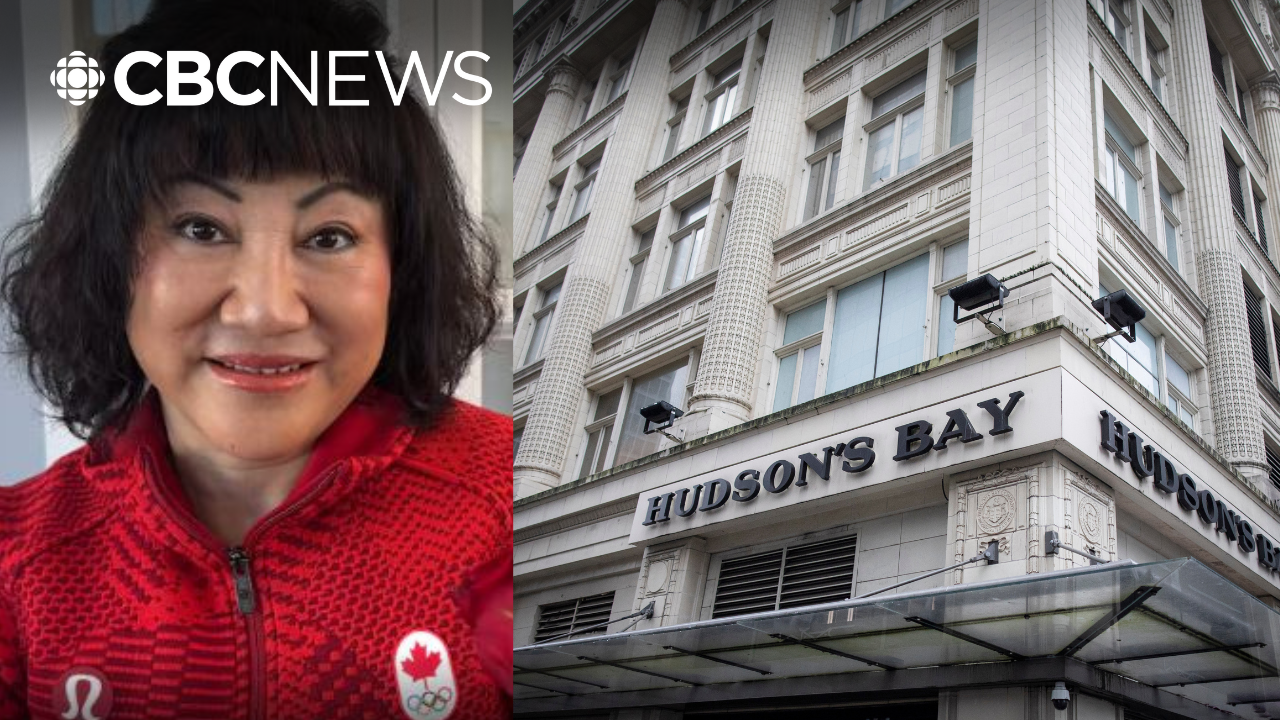As Canadian cities make pandemic patios permanent, experts are calling for clear standards

At the height of social distancing and other restrictions related to the COVID-19 pandemic, many Canadian cities have introduced temporary patio policies, relaxing rules and waiving fees for bars and restaurants that want more outdoor seating.
These programs brought a glimmer of hope — and revenue — to businesses forced to close their doors, allowing them to offer more outdoor meals to citizens eager to leave their homes.
As cities transition to their new post-pandemic normal, experts say patios need better overall standardization to make them more accessible, as well as more predictable for the businesses still trying to make up for lost sales.
“It was something that became an obvious no-brainer for better streets and better neighborhoods and better cities,” says urban planning consultant Brent Toderian, who is also the former chief planner for Vancouver.
“So it’s remarkable how badly we’ve done.”
When the pandemic hit, restaurants and bars shut down, resorted to takeout services or went completely dark, and the expansive patios were a lifeline for many businesses.
“The pandemic was a bit of a forced pilot program,” said James DiPaolo, a senior associate at Urban Strategies.
“Cities were looking for creative ways to adapt, and they were forced to do it on a much faster schedule than they are used to.”
Three years later, the transition to the new normal is looking different everywhere, with some municipalities making temporary changes permanent while others are rolling them back.
But proponents have been sounding the alarm about the accessibility issues of sidewalks and curbside patios for several years, saying any permanent solution should have appropriate accessibility standards. Meanwhile, companies are looking for predictability when planning and investing for the future, but in some cities they are complaining about delays and redundancies in the permitting process.
Many Toronto businesses are seeing patio permits previously approved during pandemic years now being denied for a variety of reasons, or facing delays in obtaining permits even as summer approaches, said Tracy Macgregor, Ontario vice president for Restaurants Canada .
“That’s where the frustration comes in because they can’t get off the ground with these patios,” she said.
The city’s CaféTO program is an example of the “red tape” that can result if policies aren’t properly designed, Toderian said.
“Walking through Montreal, you see a lot more (patios). So that certainly suggests their system is more effective,” he said.
“It’s part of their general attitude to public space, which is better than any other city in North America.”
In some cases, the pandemic patios have actually improved accessibility, says Maayan Ziv, founder and CEO of AccessNow. For example, businesses that previously might not have accessible indoor seating could do so with the additional outdoor space, she said.
But in other cases, they introduced new barriers, she said.
“No public money should go to the installation of new barriers, no permits or authorizations should be given to companies that have not thought about the accessible access points to these spaces.”
Over time, urban environments become less accessible, says David Lepofsky, chair of the Alliance for Accessibility for Ontarians with Disabilities Act. The pandemic patio programs are just one example, he said, noting that early iterations often led pedestrians onto the road.
Changes announced to Toronto’s program in early 2023 will include “unified platforms for accessibility,” according to the city, along with a transition period to implement required changes and grant programs for businesses and BIAs.
Lepofsky said as each municipality looks for a permanent solution, a patchwork is emerging even as the duty to accommodate crosses city limits.
“If you leave it to each municipality to reinvent the accessibility wheel, they won’t, or they risk going in the wrong direction. And you’re taxing people with disabilities in every community to have to fight over this,” said Lepofsky, who wants to see provincial accessibility standards for outdoor seating.
Widespread, unified accessibility benefits everyone, not just people with disabilities, Lepofsky said, including increasing the number of potential customers for businesses.
“We just need to make sure that an accessibility plan is built into all of these projects,” says Ziv. That could be as simple as providing an easy access route or educating and training restaurant staff, she said.
“I would like to see this implemented broadly in every municipality, rather than on a case-by-case basis,” Ziv said.
Toderian agreed that decking programs should be approached in a standardized way, rather than one that requires individual assessments of decking designs, as some do.
“It’s no wonder these things aren’t being done more quickly,” he said.
Both Calgary and Edmonton seem to have clear and helpful guidelines for their patios, DiPaolo said, which helps companies figure out what their patio should look like instead of “at least starting from scratch.”
In Calgary, the city will again waive patio permit fees this year. In 2022, it made its expanded patio program permanent, with permits valid for three years, according to the city’s website.
Along 17th Avenue, a popular street lined with bars and restaurants, a local business group decided to get involved to streamline patio season.
The 17th Ave Business Improvement Area invested last year to build an extensive boardwalk system that runs along the sidewalks, explains Executive Director Tulene Steistol. Seating is arranged on the sidewalks in front of businesses, while pedestrians walk the boardwalk without regard to servers and customers crossing between the restaurant and patio seating.
This has made patios safer for diners and pedestrians and more attractive for businesses, Steiestol said, noting that the BIA made changes after feedback from the city’s accessibility committee.
Steiestol believes that municipalities should help pay for these kinds of projects, so that they can be spread more widely.
“We’ve seen municipalities come and their own teams from other cities have taken note of what we’ve done,” she said.
Some communities have taken pandemic patios several steps further by introducing pedestrian street times and bringing in live music and public art, DiPaolo said.
“My hope as a planner is that … the success of these programs can be leveraged for more permanent improvements to the public realm,” he said.
“Instead of building improvised patios in the street during the summer months, maybe we’re talking about expanding the public boulevard, where these issues of accessibility, mobility and safety are actually built into the design of the streetscape rather than being addressed through the licensing process that takes place every year.”
This report from The Canadian Press was first published on July 9, 2023.

;Resize=620)

;Resize=620)
;Resize=620)